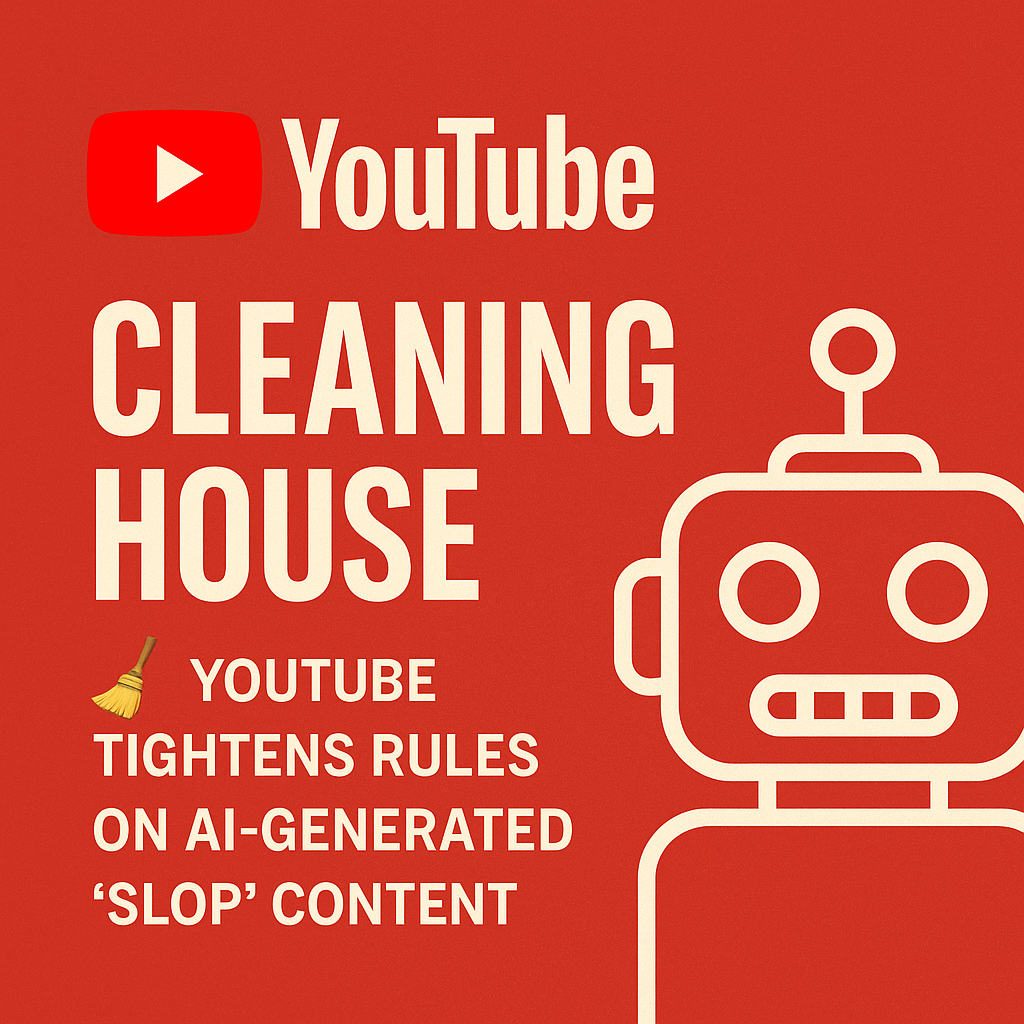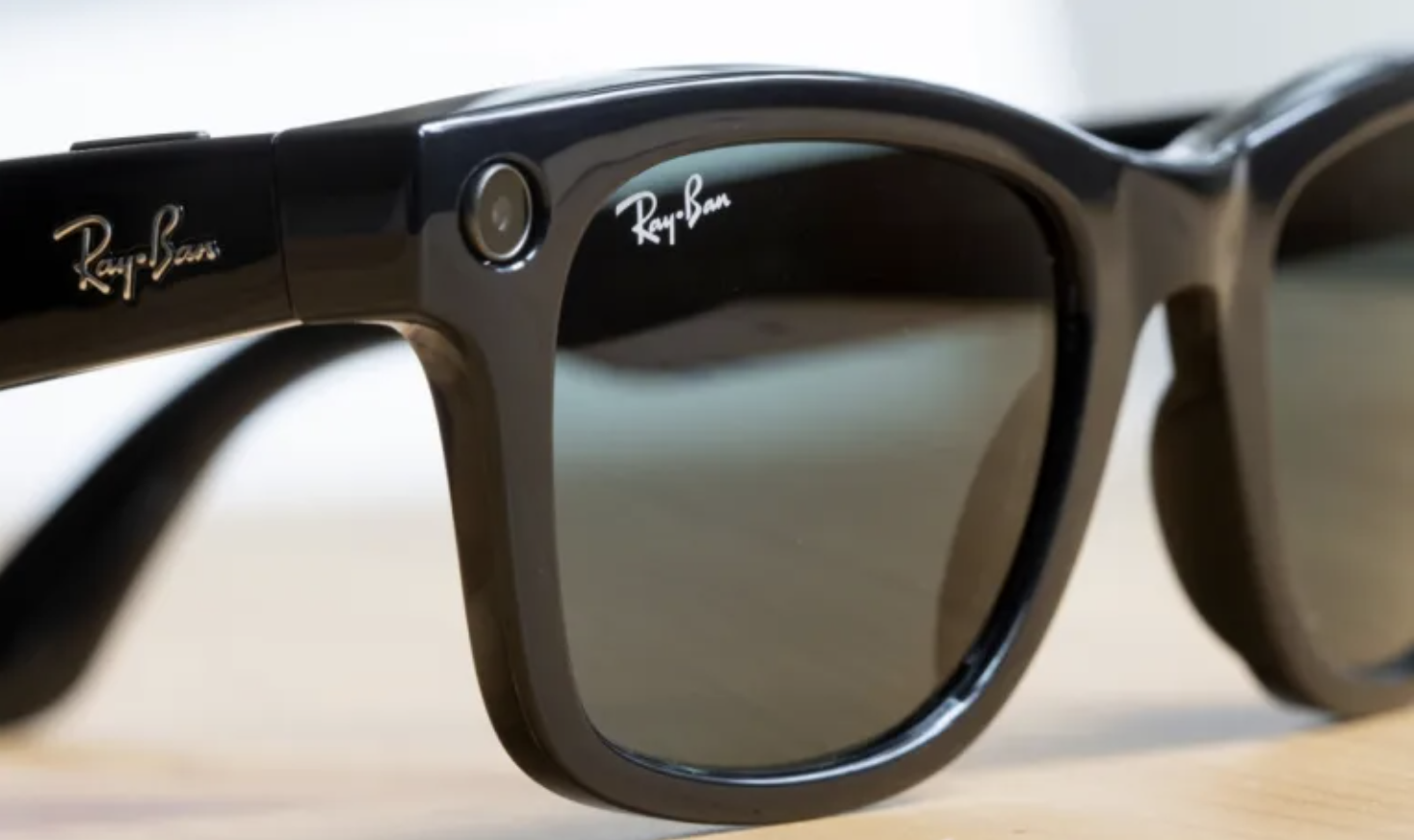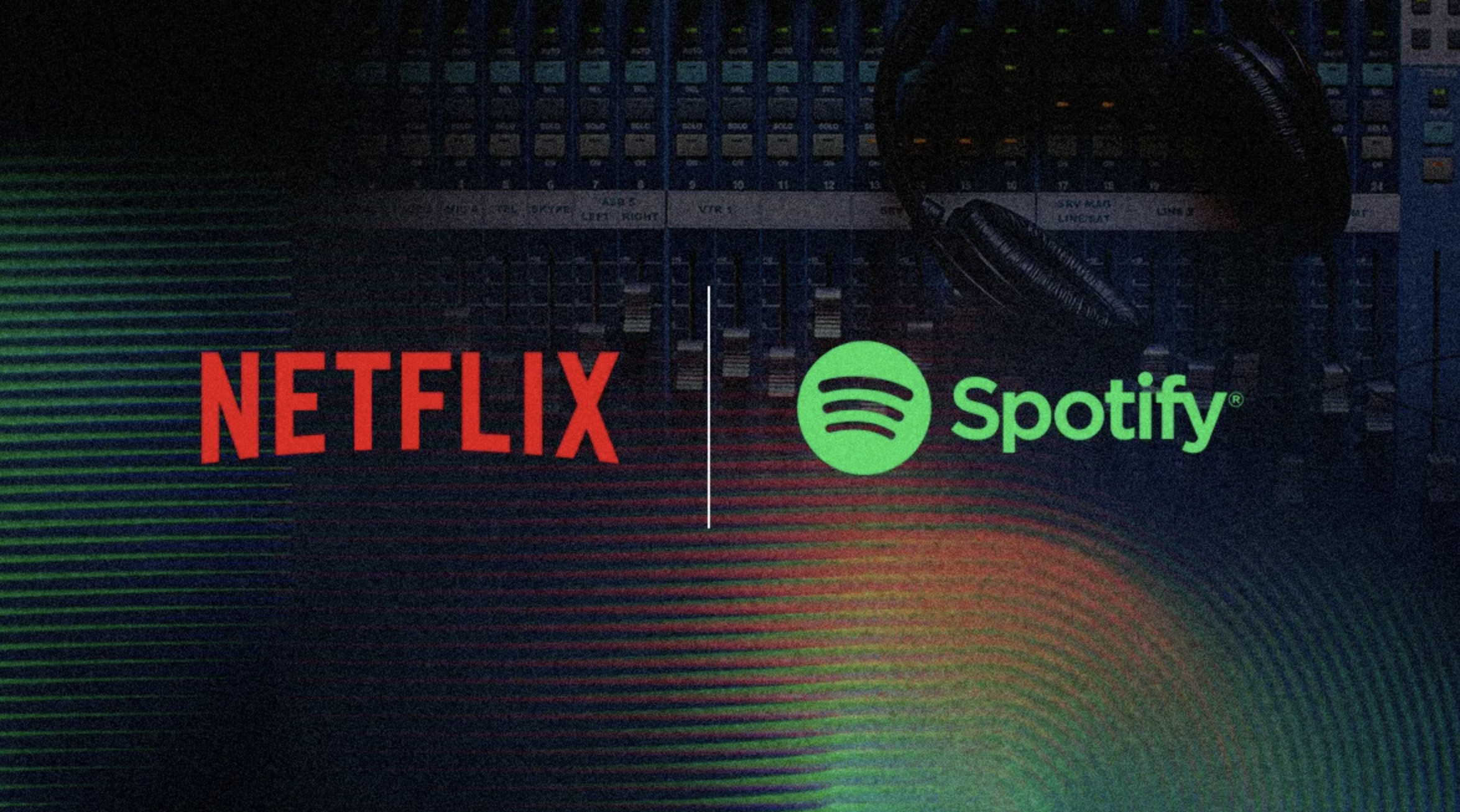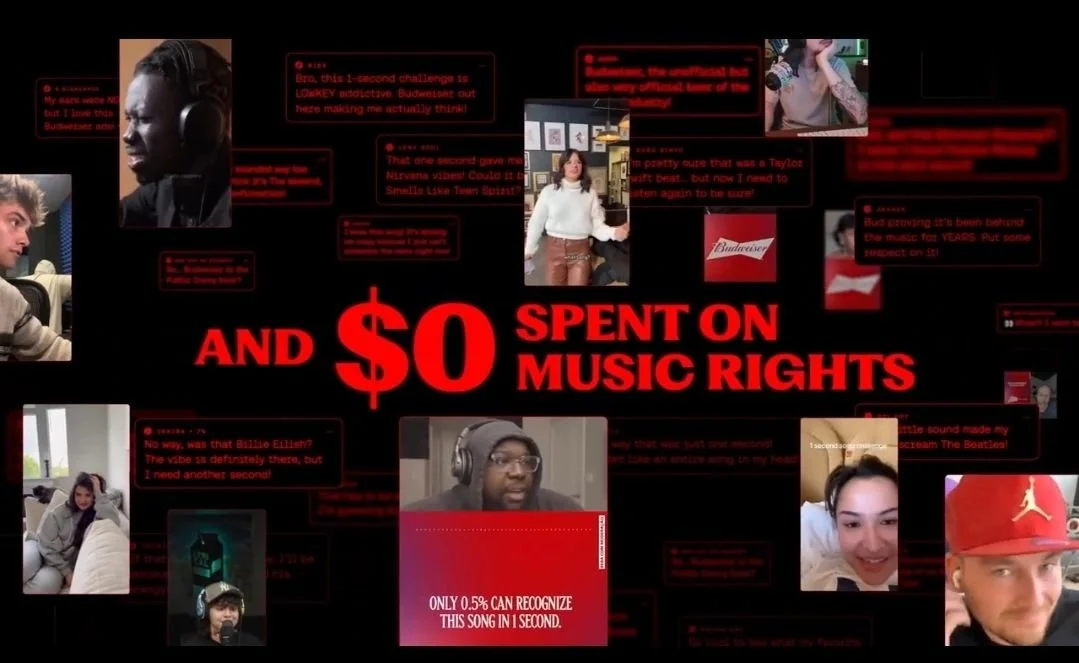The streaming wars just took a surprising turn. In a first-of-its-kind deal, The Walt Disney Company and ITV have announced a strategic content-sharing initiative designed to give UK audiences a curated taste of both platforms. From 16 July 2025, a rotating selection of high-profile content will be available across Disney+ and ITVX at no extra cost - a move poised to blur platform boundaries and reshape how British viewers engage with premium streaming.
A Cross-Pollination of Audiences
This landmark collaboration sees Disney+ hosting a “Taste of ITVX,” featuring hit British titles like Mr Bates vs The Post Office, Spy Among Friends, Love Island, and The 1% Club. Meanwhile, ITVX will offer “A Taste of Disney+,” showcasing Emmy-winning and globally popular content such as The Bear, Andor, Only Murders in the Building, and The Kardashians.
It’s a strategic alliance that aligns two legacy broadcasters in a mutually beneficial bid to increase reach, drive sampling, and entice subscribers.
📊 Supporting Stats
74% of UK consumers now use at least one streaming service, with more than half juggling three or more subscriptions (Ofcom, 2024).
ITVX reached over 3.5 billion streams in 2024, cementing its place as the UK’s leading AVOD platform (ITV Annual Report).
Disney+ saw global growth of 11% YoY in Q2 2025, but European subscriber growth has plateaued since late 2024 (Statista).
✅ Pros - What’s Working?
Expanded Reach: Each platform taps into a new audience base. Disney gains exposure among mainstream UK viewers who lean towards domestic content, while ITVX benefits from the prestige and scale of Disney's global library.
User Experience: Content discovery improves with a “low-friction trial” of premium shows, encouraging viewers to explore without the barrier of an extra subscription.
Brand Reinforcement: The curated selections act as brand samplers, allowing each service to showcase its strongest genre pillars and storytelling.
⚠️ Cons - What Are the Risks?
Content Cannibalisation: Offering premium titles for free could dilute the perceived value of subscriptions if not carefully managed.
Viewer Confusion: Platform-hopping may complicate the customer journey, especially across ad-supported and premium tiers.
Short-Term Impact: Unless conversion metrics are high, this could become more of a branding play than a growth engine.
🚀 Opportunities for Brands
Advertising Innovation: ITVX Premium remains ad-free for ‘Taste of Disney+’, but the broader model opens new inventory opportunities for advertisers targeting cross-platform audiences.
Cultural Co-creation: There’s potential for joint marketing campaigns that celebrate shared IPs or themed moments - e.g. British crime dramas meet American thrillers.
Sampling as Strategy: Brands outside entertainment can learn from this content sampling approach, applying it to DTC, FMCG, and retail launches.
🧱 Challenges to Watch
Licensing Complexity: Rights management and regional restrictions remain a hurdle in these hybrid models.
Measurement Metrics: Evaluating success will depend on both hard conversion data (subscriptions) and softer brand engagement KPIs.
Long-Term Scalability: Is this a one-off promotional play or a stepping stone towards deeper streaming syndication models?
📝 Key Takeouts
Disney and ITVX are pioneering a cross-platform content-sharing model aimed at boosting discovery and engagement.
This move signals a shift towards more collaborative, less siloed streaming strategies in saturated markets.
It offers a proving ground for subscription sampling, curated curation, and soft conversion tactics.
👉 Next Steps for Brand Marketers
Monitor viewer sentiment and engagement around cross-platform discovery - it’s a cue for how audiences may respond to brand co-creation.
Think in ecosystems, not silos. Strategic partnerships can unlock reach and relevance when audiences are fragmented.
Take inspiration from content bundling. Sampling high-value offerings (think early access, tiered trials, or freemium ranges) can drive product discovery across sectors.
This is a meaningful signal of how traditional media giants are adapting to a fragmented, loyalty-light streaming landscape. Keep watching.





















